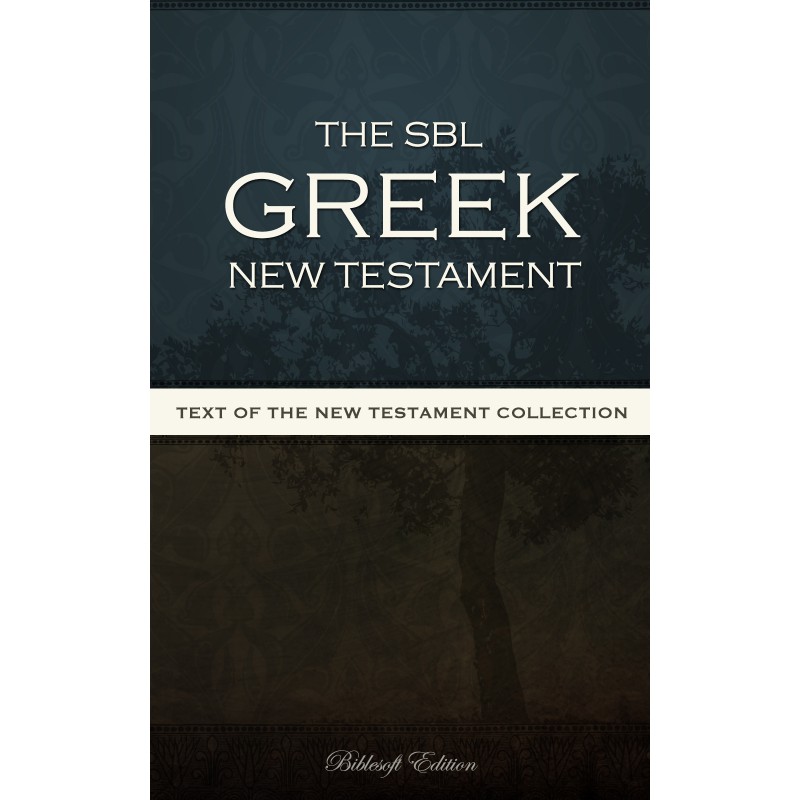

Place of origin and the history of the manuscript is uncertain, with Rome, southern Italy and CaesareaĪll having been suggested. Vaticanus discovery and origin : “The manuscript has been housed inįor as long as it has been known, appearing in its earliest catalog of 1475 and in the 1481 catalogue.

ThereĪre 795 of these in the text and around another 40 that are uncertain. Of the New Testament, which seem to mark places of textual uncertainty. Punctuation is rare (accents and breathings have been addedīy a later hand) except for some blank spaces, diaeresis onĪbbreviations of the nomina sacra and markings of OT citations.Ĭontains mysterious double dots (so called "umlauts") in the margin Written continuously with small neat writing, later retraced by an 11thĬentury scribe. These missing pages were replaced by a 15th century minuscule supplement (no. Καθα[ριει) thus it lacks 1 and 2 Timothy, Titus, Philemon and Revelation. Testament of Vaticanus contains the Gospels, Acts, the GeneralĮpistles, the Pauline Epistles and the Epistle to the Hebrews (up to Heb 9:14, To Malachi, Isaiah, Jeremiah, Baruch, LamentationsĪnd the Epistle of Jeremiah, Ezekiel and Daniel. (which includes Nehemias), the Psalms, Proverbs, The order of the Old Testament books is as follows: Genesis to 2


2 Kings 2:5-7, 10-13 are also lost due to a tear in one of It is written in Greek,Ĭontents of Codex Vaticanus: “Vaticanus originally contained a completeĤ6:28a (31 leaves) and Psalm 105:27 - 137:6b (10 leaves) are lost and have beenįilled by a recent hand. Older than Codex Sinaiticus, both of which were probably The oldest extant manuscripts of the Bible. Vaticanus - “ The Codex Vaticanus ( The Vatican,īibl. Jesus (PBUH), and ALL in Greek, Jesus did NOT speak Greek, Jesus (PBUH) spoke The 5 th century) ALL HUNDREDS of years after the disappearance of Manuscripts Containing the Corrupted Greek New Testament (2 Codex Vaticanus andĬodex Sinaiticus from the 4 th century and 1 Codex Alexandrinus from


 0 kommentar(er)
0 kommentar(er)
